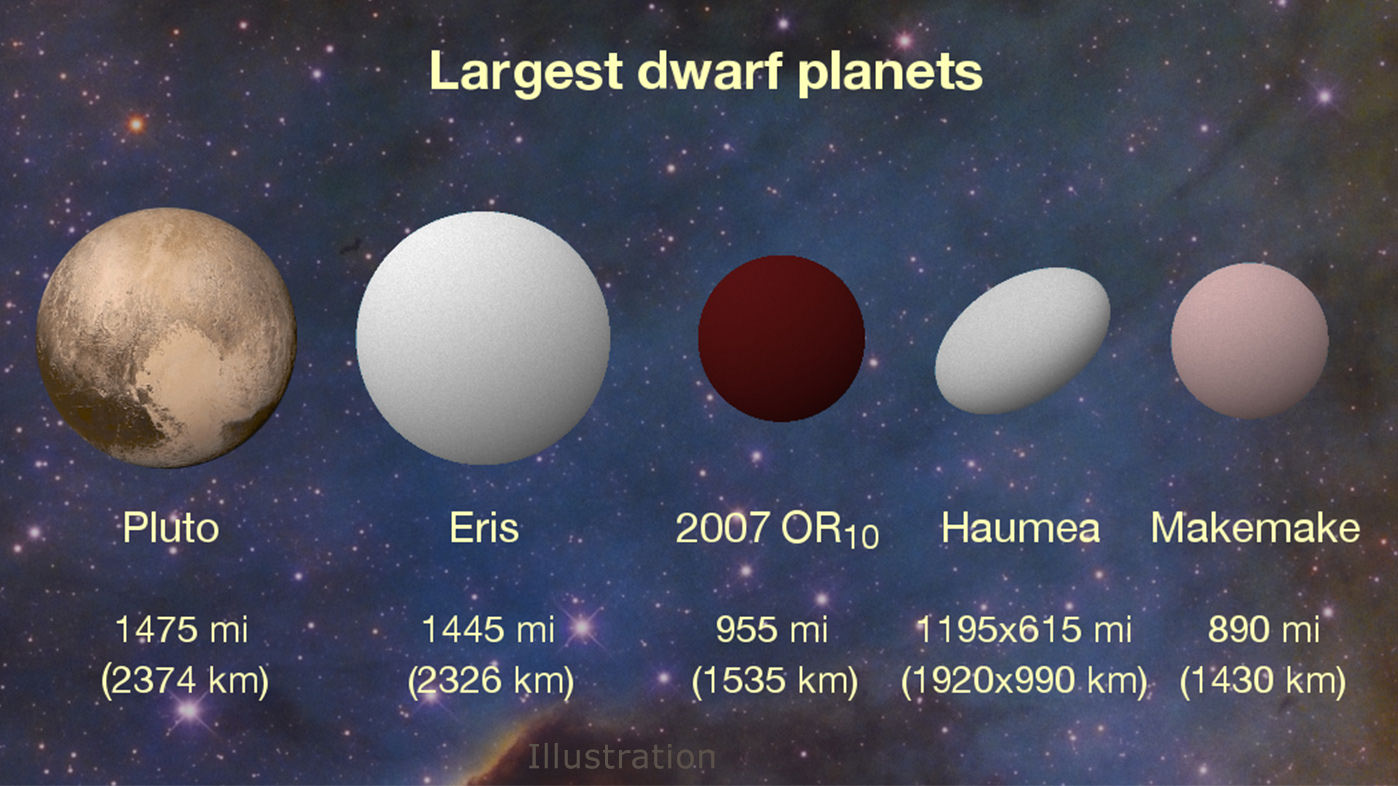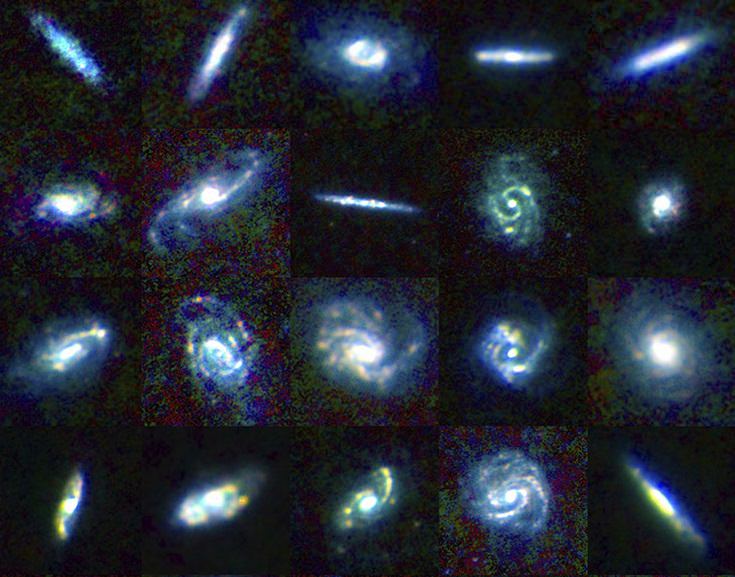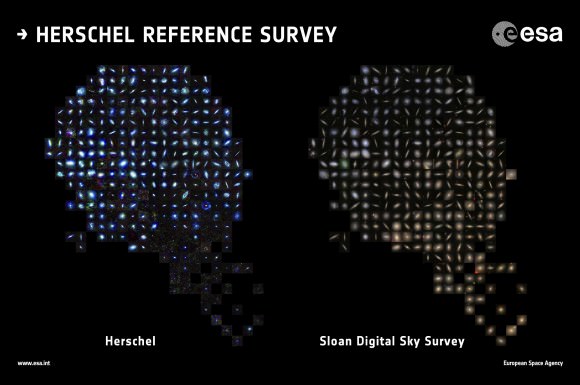Depending on shifting definitions of what exactly is or isn’t a dwarf planet, our Solar System has about half a dozen dwarf planets. They are: Pluto, Eris, Haumea, Makemake, Ceres, and 2007 OR10.
Even though 2007 OR10’s name makes it stand out from the rest, dwarf planets as a group are an odd bunch. They spend their time in the cold, outer reaches of the Solar System, with Ceres being the only exception. Ceres resides in the asteroid belt between Mars and Jupiter.
Their distance from Earth makes them difficult targets for observation, even with the largest telescopes we have. Even the keen eye of the Hubble Telescope, orbiting above Earth’s view-inhibiting atmosphere, struggles to get a good look at the dwarf planets. But astronomers using the Kepler spacecraft discovered that its extreme light sensitivity have made it a useful tool to study the dwarves.
In a paper published in The Astronomical Journal, a team led by Andras Pal, at Konkoly Observatory in Budapest, Hungary, have refined the measurement of 2007 OR10. Using the Kepler’s observational prowess, and combining it with archival data from the Herschel Space Observatory, the team has come up with a much more detailed understanding of 2007 OR10.
Previously, 2007 OR10 was thought to be about 1280 km (795 miles) in diameter. But the problem is the dwarf planet was only a faint, tiny, and distant point of light. Astronomers knew it was there, but didn’t know much else. Objects as far away as 2007 OR10, which is currently twice as far away from the Sun as Pluto is, can either be small, bright objects, or much larger, dimmer objects that reflect less light.
This is where the Kepler came in. It has exquisite sensitivity to tiny changes in light. Its whole mission is built around that sensitivity. It’s what has made Kepler such an effective tool for identifying exo-planets. Pointing it towards a tiny target like 2007 OR10, and monitoring the reflected light as the object rotates, is a logical use for Kepler.
Even so, Kepler alone wasn’t able to give the team a thorough understanding of the dwarf planet with the clumsy name.
Enter the Herschel Space Observatory, a powerful infrared space telescope. Herschel and its 3.5 metre (11.5 ft.) mirror were in operation at LaGrange 2 from 2009 to 2013. Herschel discovered many things in its mission-span, including solid evidence for comets being the source of water for planets, including Earth.
But the Herschel Observatory also bequeathed an enormous archive of data to astronomers and other space scientists. And that data was crucial to the new measurement of 2007 OR10.
Combining data and observations from multiple sources is not uncommon, and is often the only way to learn much about distant, tiny objects. In this case, the two telescopes were together able to determine the amount of sunlight reflected by the dwarf planet, using Kepler’s light sensitivity, and then measure the amount of that light later radiated back as heat, using Herschel’s infrared capabilities.
Combining those datasets gave a much clearer idea of the size, and reflectivity, of 2007 OR10. In this case, the team behind the new paper was able to determine that 2007 OR10 was significantly larger than previously thought. It’s measured size is now 1535 km (955 mi) in diameter. This is 255 km (160 mi) larger than previously measured.
It also tells us that the dwarf planet’s gravity is stronger, and the surface darker, than previously measured. This further cements the oddball status of 2007 OR10, since other dwarf planets are much brighter. Other observations of the planet have shown that is has a reddish color, which could be the result of methane ice on the surface.
Lead researcher Andras Pal said, “Our revised larger size for 2007 OR10 makes it increasingly likely the planet is covered in volatile ices of methane, carbon monoxide and nitrogen, which would be easily lost to space by a smaller object. It’s thrilling to tease out details like this about a distant, new world — especially since it has such an exceptionally dark and reddish surface for its size.”
Now that more is known about 2007 OR10, perhaps its time it was given a better name, something that’s easier to remember and that helps it fit in with its peer planets Pluto, Ceres, Eris, Haumea, and Makemake. According to convention, the honor of naming it goes to the planet’s discoverers, Meg Schwamb, Mike Brown and David Rabinowitz. They discovered it in 2007 during a search for distant bodies in the Solar System.
According to Schwamb, “The names of Pluto-sized bodies each tell a story about the characteristics of their respective objects. In the past, we haven’t known enough about 2007 OR10 to give it a name that would do it justice. I think we’re coming to a point where we can give 2007 OR10 its rightful name.”
The Universe is vast, and we need some numbered, structured way to name everything. And these names have to mean something scientifically. That’s why objects end up with names like 2007 OR10, or SDSS J0100+2802, the name given to a distant, ancient quasar. But objects closer to home, and certainly everything in our Solar System, deserves a more memory-friendly name.
So what’s it going to be? If you think you have a great name for the oddball dwarf named 2007 OR10, let us hear it in a tweet, or in the comments section.





